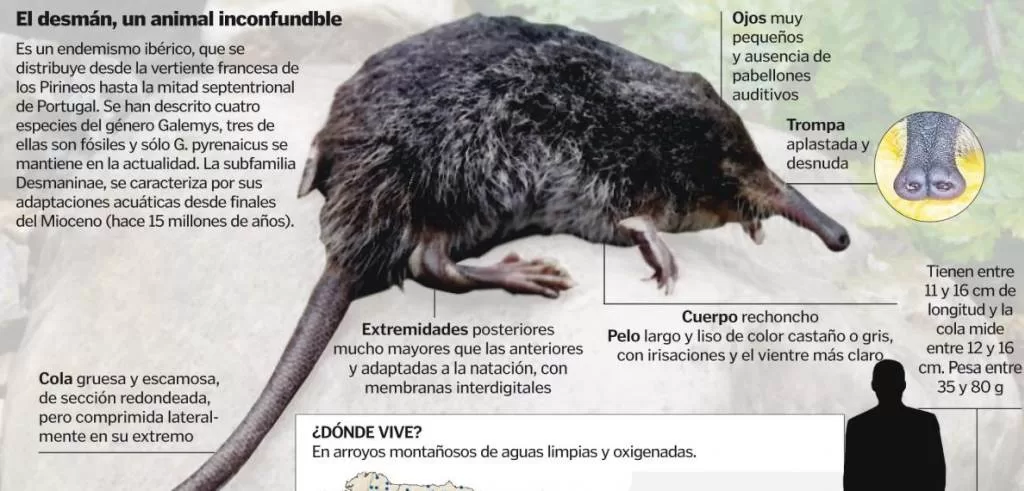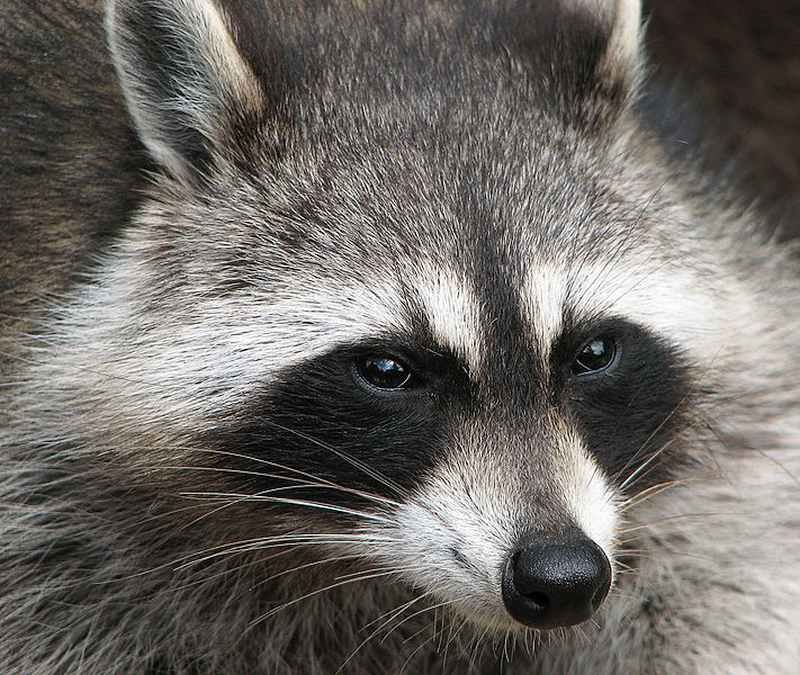The European mouflon (Ovis aries musimon)
The European mouflon (Ovis aries musimon) is a wild sheep species native to the mountains of Corsica and Sardinia, and other parts of southern Europe. They have since been introduced to other parts of Europe, including Spain, France, Germany, and the United Kingdom. In Spanish it is called el muflón común or muflón europeo. Mouflons … Read more



